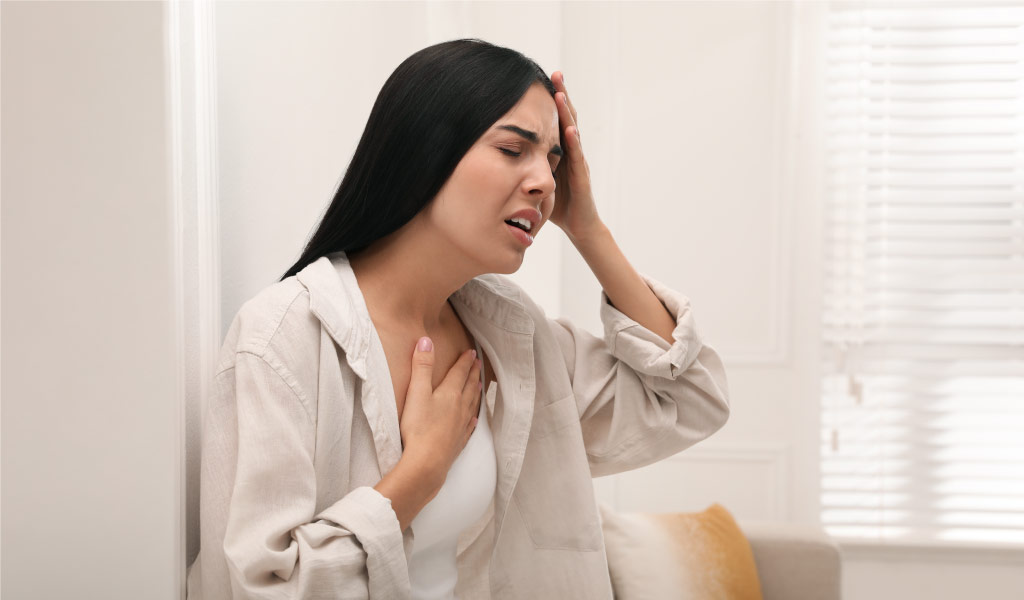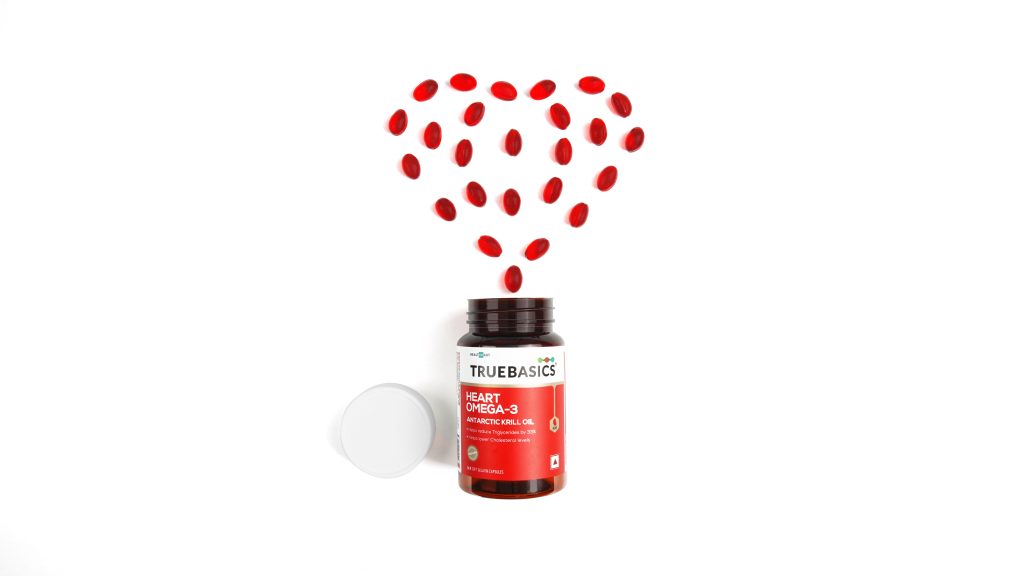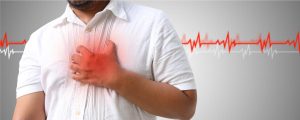For all our lives we had been led to believe that cardiac arrest and heart attack are the same. Well, they are not. Despite the fact that they are widely used interchangeably, they are two entirely different heart conditions. The actual difference between cardiac arrest vs heart attack, comes with its own symptoms and causes. These symptoms and causes are important to know, for getting the right treatment.
To act quickly it’s important to not just know the differences between cardiac arrest and heart attack, but also the symptoms of both the conditions.
Difference between cardiac arrest and heart attack
The main difference between cardiac arrest and heart attack is that a heart attack occurs when damage is caused to a part of the heart muscle due to insufficient supply of oxygen-rich blood to that area. This typically happens when there is a blockage of the coronary arteries because of too much cholesterol in the blood. It’s important to know that If the blocked artery is not reopened at the earliest possible, then the part of the heart nourished by that artery will start to die.
Symptoms of a heart attack
- Chest pain that feels like pressure, tightness, pain, squeezing or aching
- Left shoulder pain
- Cold sweat
- Fatigue
- Heartburn or indigestion
- Lightheadedness or sudden dizziness
- Nausea
- Shortness of breath

Know what is a cardiac arrest
If someone is experiencing a cardiac arrest, then the heart will completely stop beating all of a sudden, unlike in case of a heart attack. The reason behind cardiac arrest is an electrical malfunction in the heart, which interferes with the heart’s normal rhythm. This further causes the heart to beat rapidly and irregularly, unfortunately in many cases the heart even stops beating altogether. In fact, It is even possible to pass out in a matter of seconds, if immediate action is not taken. Thus, a cardiac arrest can be life-threatening, literally.
Symptoms of a cardiac arrest
- Fainting
- Racing heartbeat
- Chest pain
- Feeling dizzy
- Lightheadedness
- Breathlessness
Chest pain however, can happen due to many reasons. Click here to read in depth about it. But when it comes to differences between cardiac arrest vs heart attack, both are serious medical emergencies that need expert treatment, immediately.

Did you know that there is a strong link between heart attack and cardiac arrest?
Now that we’ve highlighted the differences between heart attack and cardiac arrest, surprisingly, a cardiac arrest can occur after a heart attack as well. The American Heart Association (AHA) says, heart attacks increase the risk for sudden cardiac arrest among heart patients. You must know that heart attack does not lead to a cardiac arrest, immediately. But, the culprit behind a sudden cardiac arrest could be a heart attack.
You often hear the phrase, prevention is better than cure, right. Let’s just take it literally. You can prevent the risk of heart problems by making simple alterations in your diet. Count on TrueBasics Heart Omega-3, for supporting your heart health. Straight from the house of TrueBasics, Healthkart – this product contains the purest form of Krill Oil sourced from pristine waters of Antarctica, which is free from contamination of toxic metals. You would be fascinated to know that Superba Antartic Krill oil is superior to other heart supplements in the market because this single ingredient contains four powerful nutrients that are essential for heart’s function- Omega-3 fatty acids, Phospholipids, Astaxanthin & Choline.
EPA & DHA found in Omega 3 fatty acids improve heart health by modifying blood triglycerides and HDL (good) cholesterol. Phospholipids enable omega-3s to integrate into the cell membranes and are a better delivery form to the organs. Astaxanthin is an antioxidant that protects the oil from oxidation, and also helps the body against oxidative stress. Choline is a key nutrient for many body functions including nerve signaling, liver and muscle functioning.

Along with including a heart supplement in your diet, you would also be doing a great favor to your heart by avoiding risk factors like smoking, unhealthy eating, zero physical inactivity and alcohol consumption.













